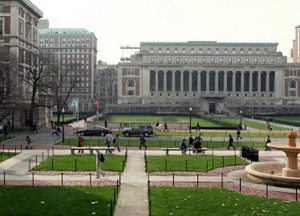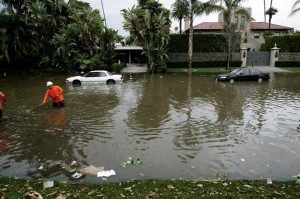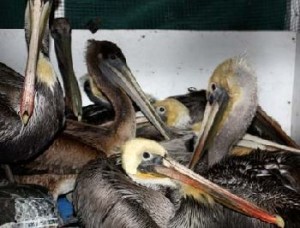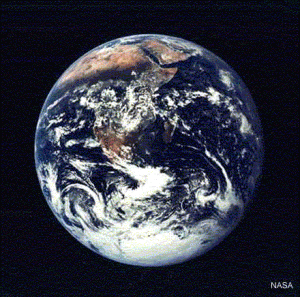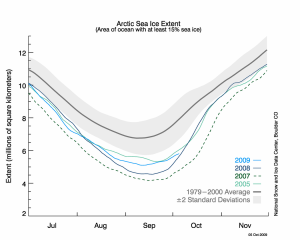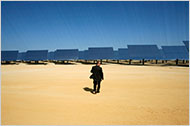Unlike Warren Buffett, Jeremy Grantham, chairman of Grantham Mayo van Otterloo, GMO.com, is not a “celebrity investor.” And also unlike Buffett, Grantham is an environmentalist. Jeremy and his wife, Hannelore, established the Grantham Foundation for the protection of the environment, and The Grantham Research on Climate Change and the Environment at the London School of Economics. Like Buffett, Mr. Grantham talks to investors who hire him, and via his investments, charities, and other work, he talks to the world. Mr. Grantham recently wrote “Everything you want to know about Global Warming in 5 minutes“,
Two ideas stand out:
Climate warming involves hard science. The two most prestigious bastions of hard science are the National Academy in the U.S. and the Royal Society in the U.K., to which Isaac Newton and the rest of that huge 18th century cohort of brilliant scientists belonged. The presidents of both societies wrote a note recently, emphasizing the seriousness of the climate problem and that it was man-made. … Both societies have also made full reports on behalf of their membership stating the same. Do we believe the whole elite of science is in a conspiracy? At some point in the development of a scientific truth, contrarians risk becoming flat earthers.
Conspiracy theorists claim to believe that global warming is a carefully constructed hoax driven by scientists desperate for … what? Being needled by nonscientific newspaper reports, by blogs, and by right-wing politicians and think tanks?
The full text is below:

